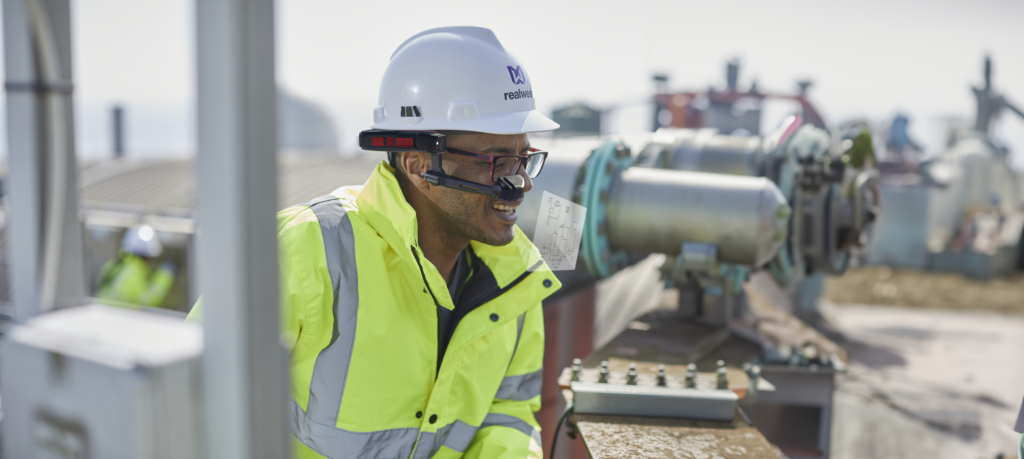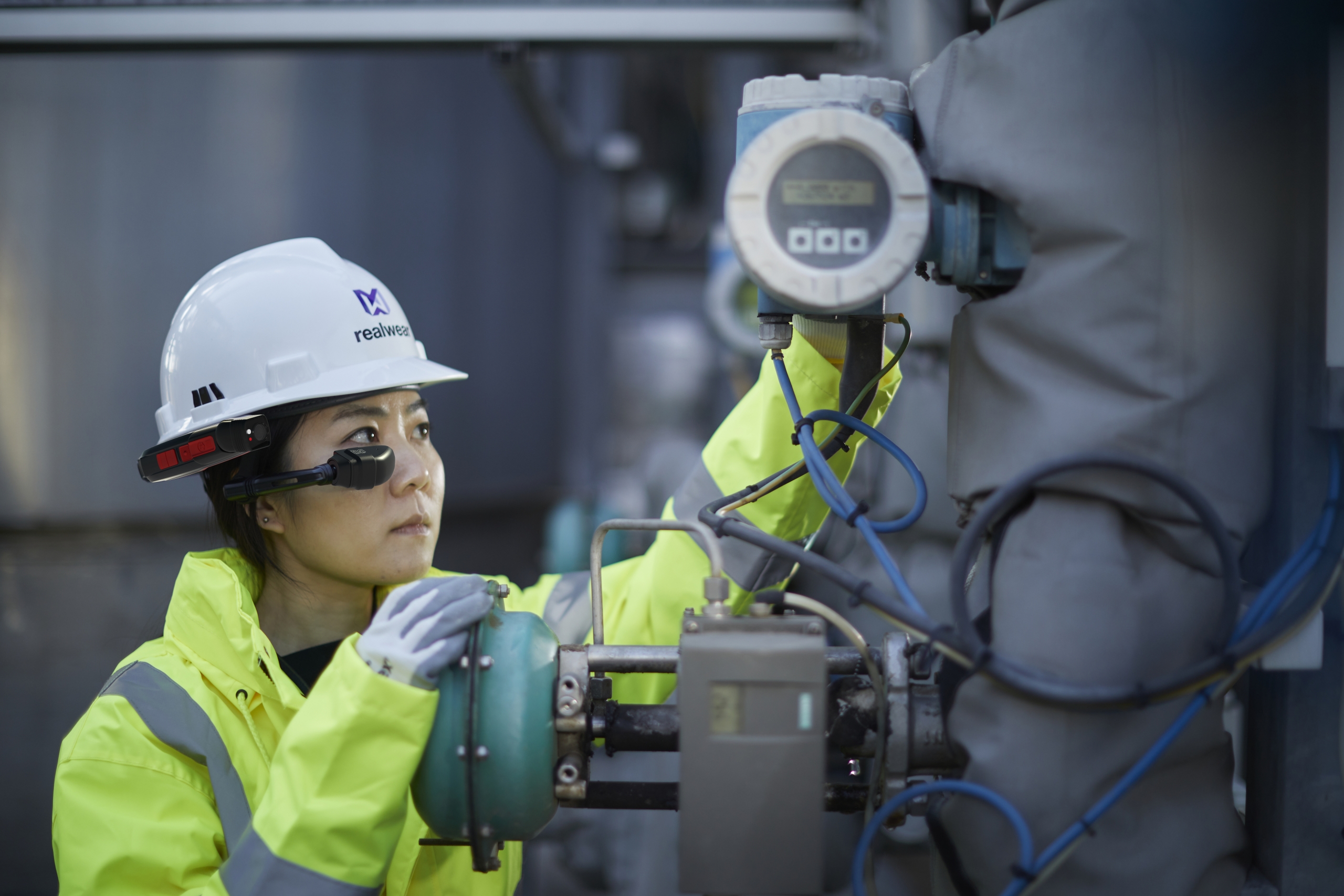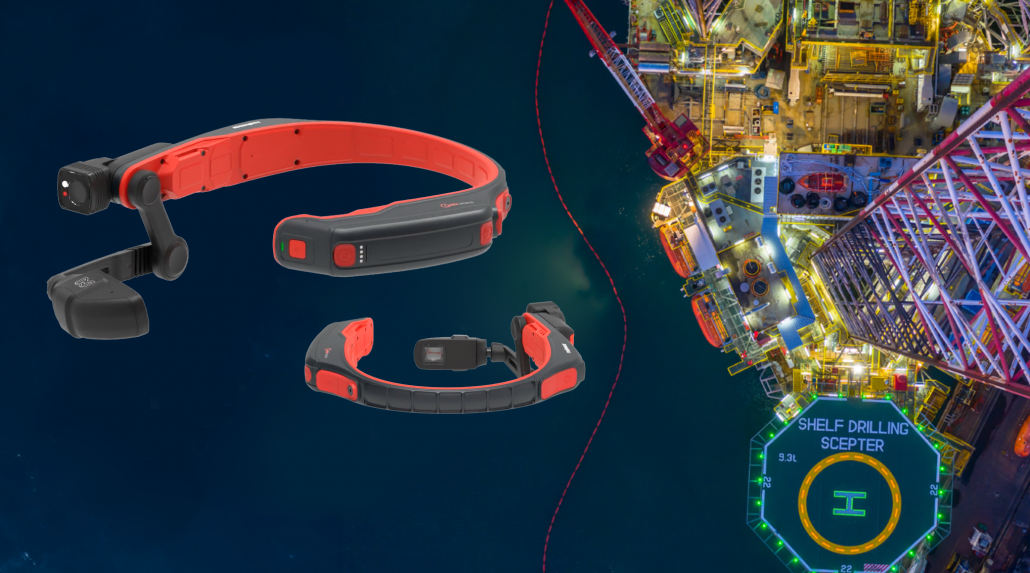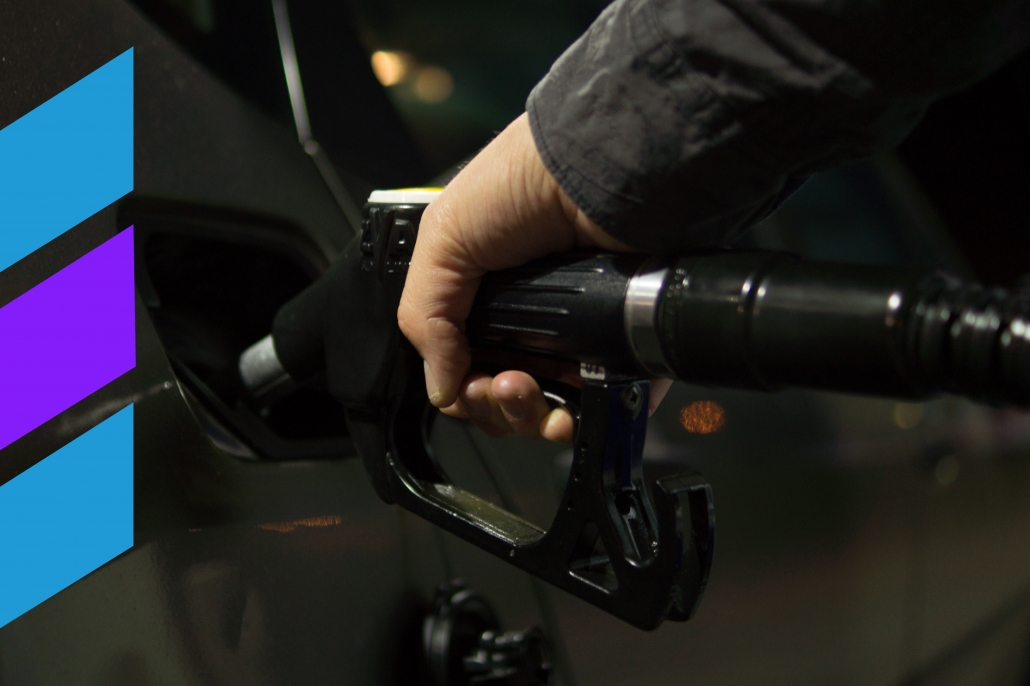These are electrical devices with circuits that remain intrinsically safe while operating in hazardous zones.
What does it mean to be Intrinsically Safe
and why is it so important?




In environments riddled with potential hazards such as flammable gases or combustible dust (including oil and gas, pharmaceuticals, and mining), safety becomes paramount.
Most electrical equipment isn’t safe for use in these areas as a single spark or hot surface could cause combustion. So, what ensures the safe operation of electrical equipment in these volatile zones? The answer is ‘Intrinsic Safety (IS)’.
The Fire Triangle
As established, environments that require Intrinsic Safety are those that are more at risk of fire. All that is needed for a fire to start are heat, oxygen, and fuel – plus an ignition source.

In safe areas, you tend to have oxygen and heat (we’re not talking a lot of heat, here). It’s safe because, even if there’s an ignition source present, there’s no fuel. In areas that require intrinsic safety, all three sides of the fire triangle are present as fuel can be covered by gases, powders, and vapors. So, to eliminate the risk of combustion or explosion, there can be no ignition source present. As most electrical devices contain circuitry that can cause a spark or get very hot, they aren’t suitable for these areas. Instead, IS devices must be used.
Understanding Intrinsic Safety
Intrinsic Safety is a protection technique that limits the electrical and thermal energy available to a device.
By ensuring that the energy is insufficient to cause an ignition, IS enables electrical devices to operate safely in explosive atmospheres. It offers a simplified circuit design and a cost-effective solution compared to other protection methods, making it especially useful in areas like petrochemical refineries and mines.
Classifications of Intrinsic Safety Devices
RealWear’s Navigator Z1: Leading the Way in Intrinsic Safety
One standout example of an intrinsically safe device is RealWear Navigator® Z1. The main objective behind IS is to prevent ignition by restricting the available electrical and thermal energy. Here’s how it’s achieved:

Designed with the above principles in mind, the RealWear Navigator® Z1 showcases how state-of-the-art technology can be seamlessly integrated into an intrinsically safe design.
Its features and functionalities make it suitable for challenging environments, underlining the evolution of safety measures in modern devices.
This means that RealWear Navigator Z1 users can benefit from functionality that empowers frontline workers in explosive atmospheres to operate faster, smarter, and more efficiently, without the risk of combustion.
Manufacturing an Intrinsically Safe product and certifying it to be used in hazardous locations across the world is a skilled and challenging task. RealWear partnered with industry experts at i.safe MOBILE for the development and certification of both RealWear Navigator Z1 and its predecessor, RealWear HMT-1Z1. i.safe MOBILE incorporates all international standards into the product development and is also a member of relevant standards committees.
Certifications and Standards


















